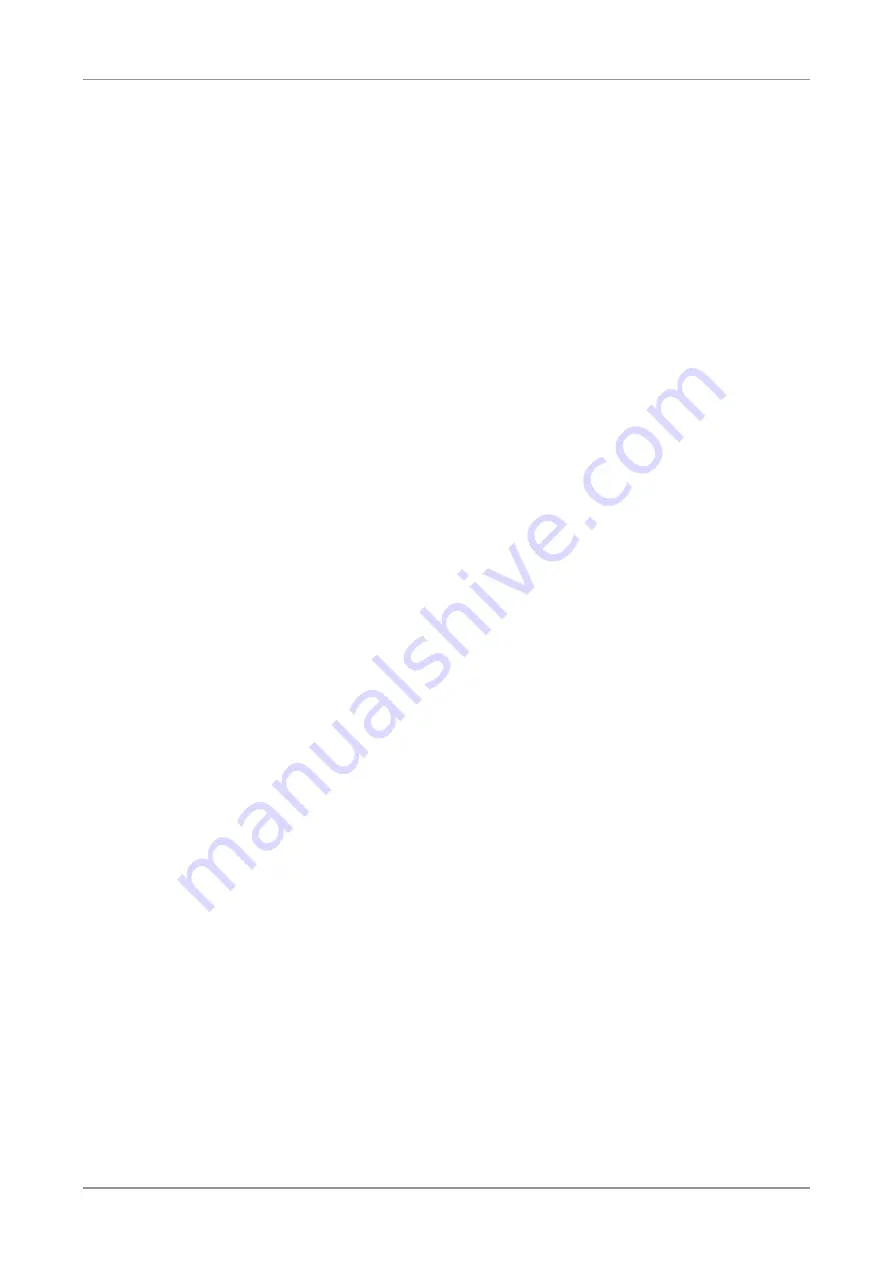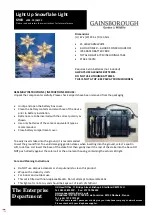
Maintenance and care
PlasmaQuant PQ 9000
Edition 05/2014
53
4. Hold the nebulizer cleaning tool over a receptacle and push the plunger into the syringe.
The methanol should flow out of both connection pieces.
To remove stuck particles from the nebulizer cannula, you can increase the pressure by
closing the carrier gas connector with a finger. Use the same method to increase the
pressure by closing the sample inlet to remove particles from the carrier gas connector.
5. Gently shake the nebulizer cleaning tool to remove the methanol from the nebulizer.
6. Remove the nebulizer from the holder. Shake any remaining methanol from the nebulizer
cleaning tool.
7. Place the nebulizer once again in the holder and move the plunger three times quickly in
and out to remove the methanol also from the nebulizer.
8. Remove the nebulizer from the holder. Connect the nebulizer to the spray chamber. Let
argon flow through the nebulizer for at least three minutes before using it for the next
analysis.
8.2.5
Cleaning the sampling compartment and the plasma compartment
Clean the sampling compartment and the plasma compartment daily with a damp (not dripping!)
cloth. To remove stubborn contamination a commercial surfactant may be used.
Spots, drops or larger spillages should be removed and cleaned using an absorbent material
such as cotton wool, laboratory wipes or cellulose.
8.2.6
Replacing pump hoses
Check the pump hoses daily before starting work and replace any hoses if they are discolored,
no longer flexible or even porous (see the section "Installation of the torch, nebulizer with spray
chamber and sample supply" p. 34).
8.2.7
Changing the plasma compartment windows
The windows situated in the plasma compartment in front of the transfer optics must be
replaced if their transmission has greatly deteriorated, especially in the UV range. Cleaning the
windows does not usually completely restore UV permeability; the cleaning effect varies with the
wavelength. Average losses of around 30% have to be expected in the UV vacuum. In the
visible range, transparency can generally be fully restored.
Cleaning the windows
1. Clean the windows with a cotton pad using water and a commercial surfactant.
2. Rinse with water.
3. Dry in the gas flow (argon or compressed air).
Checking permeability
To check permeability, use a method that you routinely use.
1. Select 3 lines, one line each in the low UV range, in the medium and in the high
wavelength range.
2. For a QC sample, determine the intensities at these 3 wavelengths and record the results
in a QC card or a table.
















































